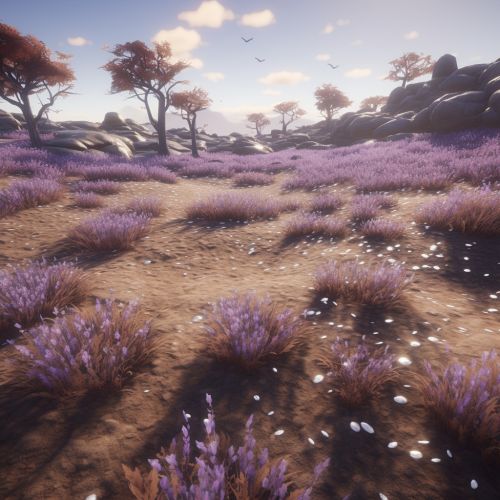Firnification
Introduction
Firnification is a natural process that involves the transformation of snow into firn, an intermediate state between snow and glacial ice. This process plays a crucial role in the formation of glaciers, which are significant features in the Earth's cryosphere. The study of firnification is a key aspect of glaciology, the scientific discipline that investigates the nature and behavior of ice and snow.


Process of Firnification
Firnification begins with the accumulation of snow, which is subject to various atmospheric and environmental conditions. Over time, the snow undergoes physical changes, primarily due to the effects of metamorphism, a process that alters the structure and properties of the snow.
The initial stage of firnification involves the transformation of fresh snow into old snow. This change is characterized by the gradual rounding and enlargement of snow grains due to sublimation and deposition processes, collectively referred to as snow metamorphism. The snow also becomes denser and less permeable as air spaces between the grains are reduced.
The next stage in firnification is the conversion of old snow into firn. This transition occurs when the density of the snow increases to about 0.55 g/cm³, typically after a year or more. The snow grains continue to grow and bond together, forming a coarse, granular material known as firn.
Firnification concludes with the transformation of firn into glacial ice. This final stage is marked by the closure of air passages within the firn, resulting in a dense, solid material with a minimum density of about 0.83 g/cm³. The firn becomes glacial ice when the remaining air is either squeezed out or trapped as bubbles within the ice.
Factors Influencing Firnification
Several factors influence the rate and extent of firnification, including temperature, pressure, wind, and the original characteristics of the snow.
Temperature is a critical factor as it affects the rate of snow metamorphism. Higher temperatures accelerate the metamorphic processes, leading to faster firnification. However, if the temperature rises above the melting point of snow, the process may be disrupted as the snow melts instead of transforming into firn.
Pressure also plays a significant role in firnification. As layers of snow accumulate, the pressure on the underlying snow increases, promoting densification and the formation of firn. Wind can also influence firnification by redistributing snow and altering its physical properties.
The original characteristics of the snow, such as its grain size, shape, and density, can also affect the firnification process. For instance, snow with larger grains tends to firnify more quickly than snow with smaller grains.
Role in Glacier Formation
Firnification is a crucial process in the formation of glaciers. Glaciers are formed when snow accumulates over many years, becoming compressed and transformed into firn and eventually into glacial ice. This process is known as glacier accumulation, and it primarily occurs in the accumulation zone of a glacier, where annual snowfall exceeds annual snowmelt.
The firn that forms in the accumulation zone contributes to the growth and movement of the glacier. As more snow accumulates and is transformed into firn, the weight and pressure increase, causing the underlying firn and ice to deform and flow downhill. This movement is known as glacier flow and is a key factor in the dynamics of glaciers.
Significance in Climate Studies
Firnification is not only important for glacier formation but also plays a significant role in climate studies. Firn and glacial ice contain trapped air bubbles that provide a historical record of the Earth's atmosphere. By analyzing these bubbles, scientists can gain insights into past climate conditions and atmospheric composition, aiding in the understanding of climate change.
In addition, the rate of firnification and the characteristics of firn can provide information about past and present environmental conditions. For instance, changes in firn density or layering can indicate variations in temperature or precipitation over time.
